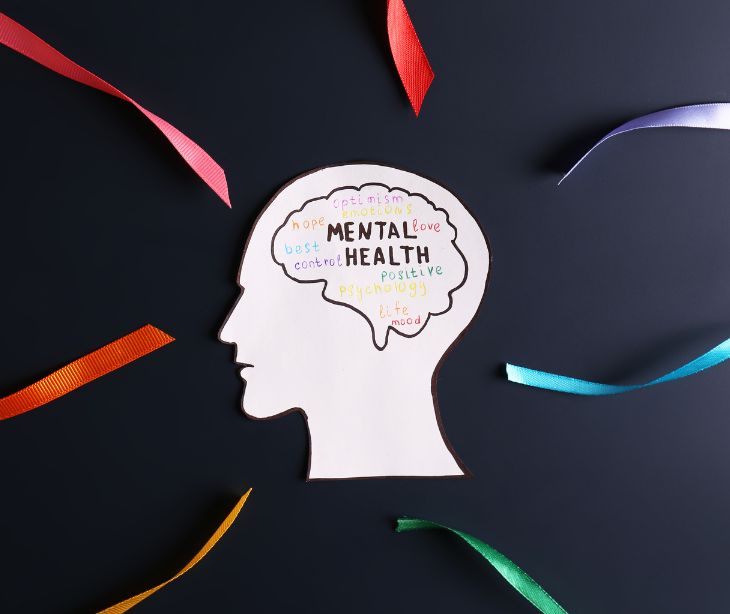
Mental health checkups are routine evaluations designed to assess an individual's emotional and psychological well being. These are less formal, often self assessment forms that patients can take the time to fill in to assess where their mental health is at any given point in time. As a tool, this allows mental health practitioners to add a layer of care not often explored within generic practice. With the addition of using email to send these checkups, the practice becomes all the more convenient.
The purpose of mental health checkups
These checkups help to identify any issues early on, promote overall mental wellness, and ensure that any emerging problems are addressed before they escalate. This helps patients understand their mental state by monitoring any changes. The check up can range from in office to written forms, all of which are created by a mental health professional to gauge factors such as a patient's mood, energy levels, sleep patterns, concentration, and other aspects of daily life that affect mental health.
While patients can perform self assessments to some extent, the support of a psychologist or chosen mental health practitioner is the bedrock of this practice. These professionals bring expertise and an objective perspective that accurately interprets symptoms. This then improves the provision of personalized advice, therapeutic techniques, and support systems that a patient might not be able to access on their own. Furthermore, mental health professionals can identify subtle signs of mental health issues that patients might overlook.
See also: The role of integrative medicine in mental health treatment
The components of a mental health check up
According to Psychiatry.org, “While not exhaustive, this list provides a starting point to examine how you’re doing emotionally and mentally. If any of these items raise a concern, talk with your health care professional.” There are several identifiable steps to recognizing shifts in the state of one's mental health.
These include:
- Concentration: Assess the ability to focus on tasks and complete them in a timely manner.
- Self awareness (Tuning in): Evaluate how in touch the individual feels with their own emotions and experiences.
- Avoidance: Check for any tendencies to avoid being alone or confronting emotional issues.
- Mood stability: Monitor for mood swings, persistent sadness, or crying more than usual.
- Energy levels: Examine overall energy levels and any signs of unusual fatigue.
- Sleep quality: Assess sleep patterns, including the ability to fall asleep, stay asleep, and wake up rested.
- Tension and anxiety: Evaluate levels of tension and anxiety, and the ability to unwind and relax.
- Balance: Look at the balance between work life and home life, including time for personal activities, physical exercise, and spiritual pursuits.
Why email is the solution
Email is incredibly useful for sending and receiving mental health checkups because it offers convenience, accessibility, and privacy. Patients can receive their checkup forms directly in their inboxes, allowing them to complete assessments at their own pace and in the comfort of their own homes. This flexibility highly benefits patients with busy schedules or those who may feel anxious about in person visits.
With the inclusion of the following considerations patients can receive secure and tailored communications:
- Use clear, engaging subject lines that indicate the purpose of the email. Examples include “Your Mental Health Check In: Please Complete,” or “Monthly Wellness Check – We Care About You!”
- Develop customizable email templates for different stages of the checkup process. For example, initial checkup invitations, reminders, and follow up emails after the checkup is completed.
- Attach checkup forms as secure, encrypted PDF files that patients can download, complete, and return via the same secure email channel. Ensure these attachments are easy to open and fill out.
- Include links to schedule a follow up appointment directly within the email. Services like Calendly or integrated scheduling tools can streamline this process.
- Use email automation tools to send follow up emails if a patient has not completed their checkup within a specified timeframe. This ensures consistency and reduces manual tracking.
- Instead of overwhelming patients with lengthy checkups, send shorter, more frequent check ins that cover different aspects of mental health over time. This can make the process feel more manageable and less intrusive.
- Embed engaging, supportive content within the email, such as brief mental health tips, motivational quotes, or short videos from mental health professionals discussing the necessity of regular checkups.
- Reiterate the confidentiality and security of the email communication in each message. Include a brief statement about HIPAA compliance and provide patients the assurance that a HIPAA compliant email service like Paubox is in use.
See also: Top 12 HIPAA compliant email services
FAQs
Who needs to be HIPAA compliant?
Covered entities like healthcare providers, health plans, healthcare clearinghouses, and their business associates must be HIPAA compliant to protect patient information.
What is email automation?
Email automation is the use of software to automatically send prescheduled or triggered emails based on specific actions or timelines.
What is mental wellness?
Mental wellness is a state of well being where an individual realizes their potential, copes with normal stresses, works productively and contributes to their community.
Subscribe to Paubox Weekly
Every Friday we'll bring you the most important news from Paubox. Our aim is to make you smarter, faster.






